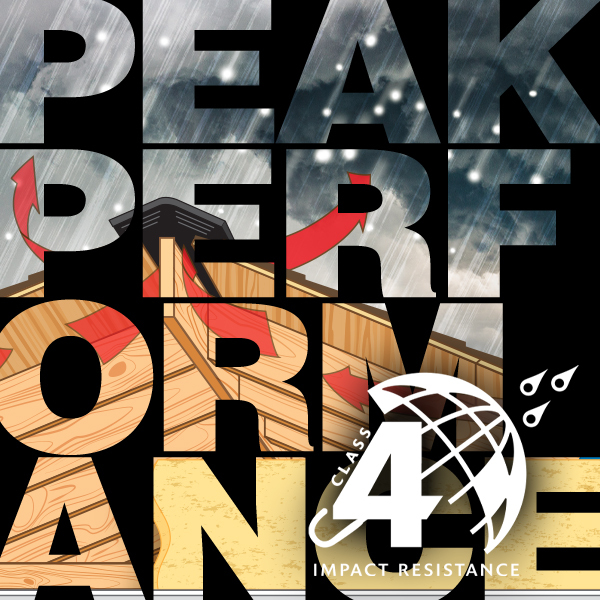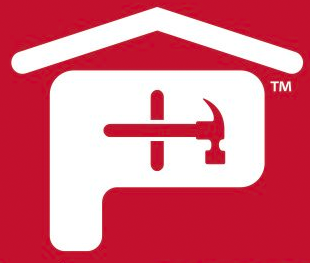

It Can Help to Prevent Hail Damage (and Save You Money)
When golf ball-sized hail started falling on Yukon, OK, in April 2020, two neighbors on a cul-de-sac thought they had nothing to worry about. After all, they both had roofs installed just two years prior, within a day of each other.
They thought wrong.
One roof was fine. The other — totaled. What was the difference? One had a well-ventilated roof, and the other didn’t, explains Derik Kline, CEO of the weather consulting and forensics company Hail Trace.
Although it seems counterintuitive, ventilation helps roofs perform at peak efficiency, allowing moisture and heat to escape the attic and keeping shingles malleable and functional. Such was the case for the Yukon homes.
“What we saw was that proper ventilation allowed that attic space to cool and keep the shingles cool,” Kline says. “The other roof overheated, and it basically weathered the shingles at a much faster clip. What we were seeing was one roof that was 2 years old and the other one had aged as if it was 10 or 15 years old.”
Where Hail Protection Begins
Indeed, research shows that ventilation creates favorable conditions for longer roof life. Proper ventilation provides for continually circulating air — from the intake vents at the roof edge or soffits through the exhaust vents at the roof ridge.
The correct airflow balance allows a home to breathe, keeping the attic cooler in the summer and warmer in the winter and reducing problems that include:
- Mold
- Mildew
- Deck rot
- Ice dams (ice buildup under shingles that can cause interior water damage)
- Shingle buckling
- Premature roof deterioration
For maximum protection, many roofing contractors use Class 4 impact-resistant shingles, such as StormMaster® Shake or Pinnacle® Impact, coupled with ridge vents for complete roof protection.
Keeping the Roof Over Your Head
In fact, when the Insurance Institute for Business & Home Safety (IBHS) tested 10 popular shingle brands for hail impact, only StormMaster® Shake was rated as excellent. For the IBHS impact resistance test, the organization developed equipment that examined various ice sphere shapes, sizes and weights and evaluated shingles based on the resulting damage and granule loss.
To create a reliable and robust roof structure, contractors also use TruRidge® or HighPoint™ roof ridge ventilation systems in conjunction with Atlas StormMaster® Shake shingles. Both ventilation systems are manufactured with a proprietary polymer that withstands severe weather conditions and exceeds the U.S. Department of Energy building ventilation codes.
“The ventilation systems help regulate attic environments, allowing all Atlas products and components to work at peak efficiency,” explains Paul Casseri, Atlas Roofing’s product manager. “TruRidge and HighPoint™ ventilation systems also provide roofing contractors and homeowners with the peace of mind that comes with Atlas quality.”
Saving Money to Boot
The Atlas ventilation products are also eligible components of the Atlas Signature Select® Roofing System and may qualify for an enhanced warranty and possible homeowner’s insurance discounts, as per individual plans.
Kline says the difference between the two roofs in Yukon was so profound that he remembers it to this day.
“There are just so many different variables that go into weather and how it impacts roofs,” he says. “When this storm hit, the 2-year-old roof was ready to take the storm just fine. The older roof, or the same-aged roof that had aged, was totaled. It just ruined that roof.”
For more information about Atlas shingle and roof ventilation products, visit AtlasRoofing.com.









 Gear!
Gear! PRO LOGIN
PRO LOGIN